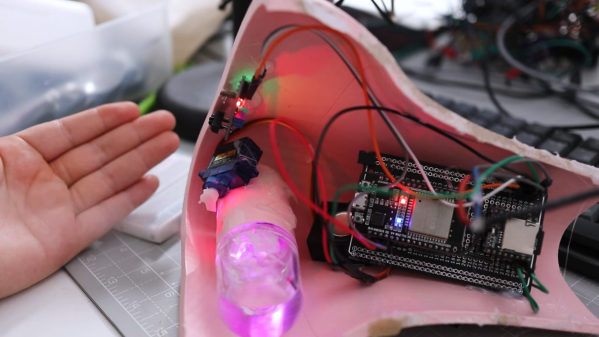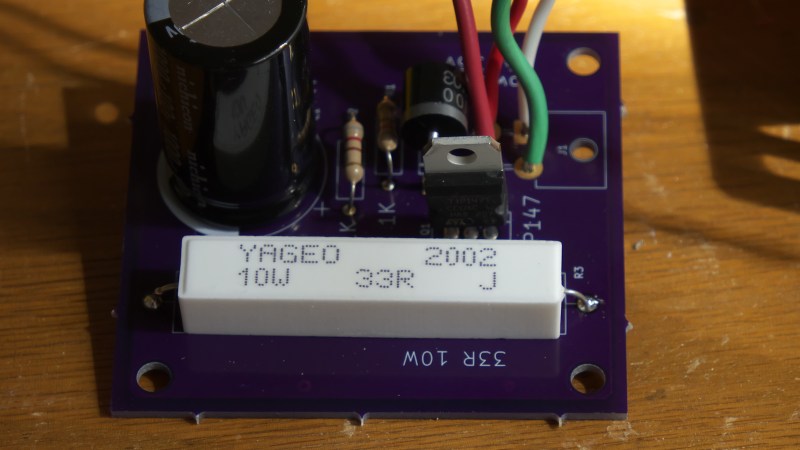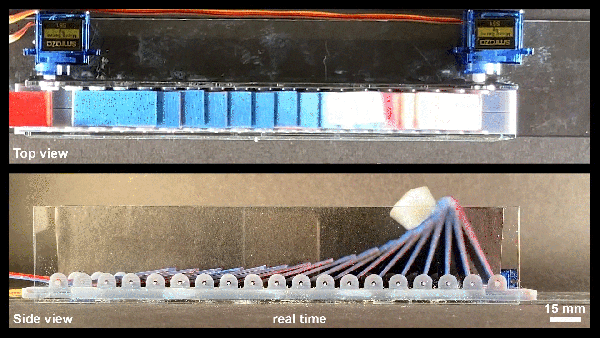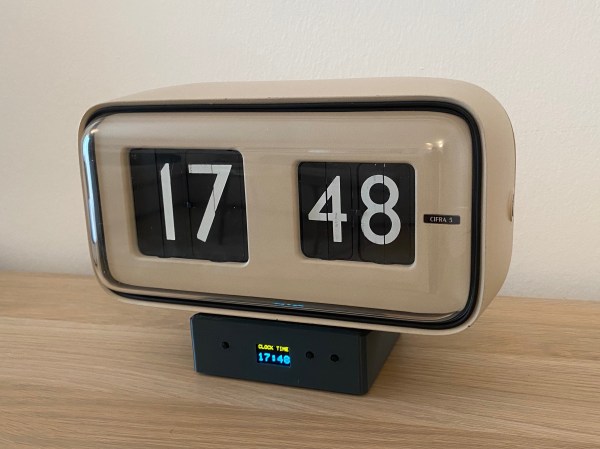You’ve got to love a language like German, where not only is it possible for a word or two to stand in for a complex concept, but you don’t even need to speak the language to make a good guess at what it all means. Of course when your project is a giant nose that mock-sneezes sanitizer into your hands, it doesn’t really matter that you call it Der niesende Desinfektionsmittelspender. Humor based on bodily functions is, after all, the universal language.
Working knowledge of German or not, figuring out exactly what [Nina] is doing here isn’t too difficult. Judging by the video below and the build log, the idea is to detect the presence of a hand underneath the dispenser with a simple IR reflective sensor hooked to some kind of microcontroller — an ESP32 in this case. Audio clips of sneezes are stored on an SD card and played back through a small speaker, while a hobby servo pushes the button on an atomizer. It seems as if selecting the proper dispenser was the hardest thing about the project; [Nina] finally settled on a battery-operated mister that was just the right size to fit into the nose. Oh, didn’t we mention the giant, pink, 3D-printed nose that houses the whole thing? Sorry about that — it’s quite subtle and easy to miss.
Anyway, the whole project is a lot of fun and brought a genuine laugh when we saw it. It’s a clever way to poke gentle fun at the germaphobes who came up with other, less whimsical methods of dispensing hand sanitizer. But let’s face it, they ended up being proven pretty much on the mark about things.
Continue reading “Sneeze Into Your Hand, Not Your Elbow With This Nose-Shaped Sanitizer Dispenser”


















